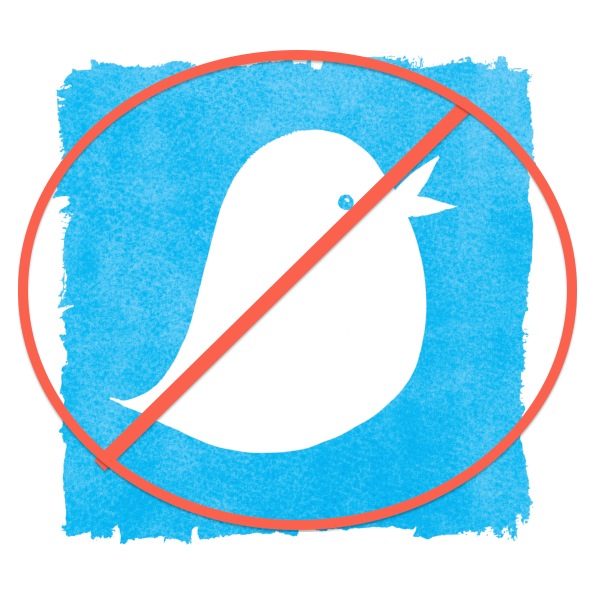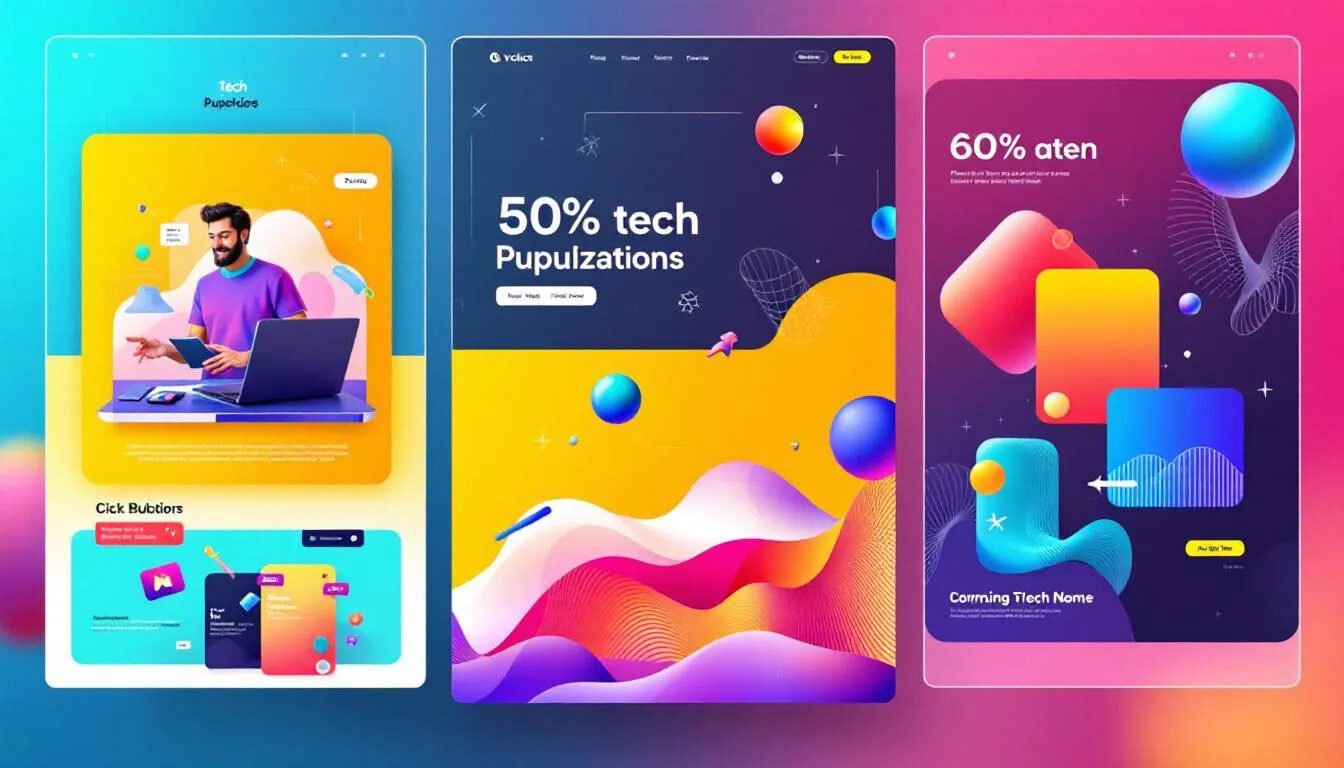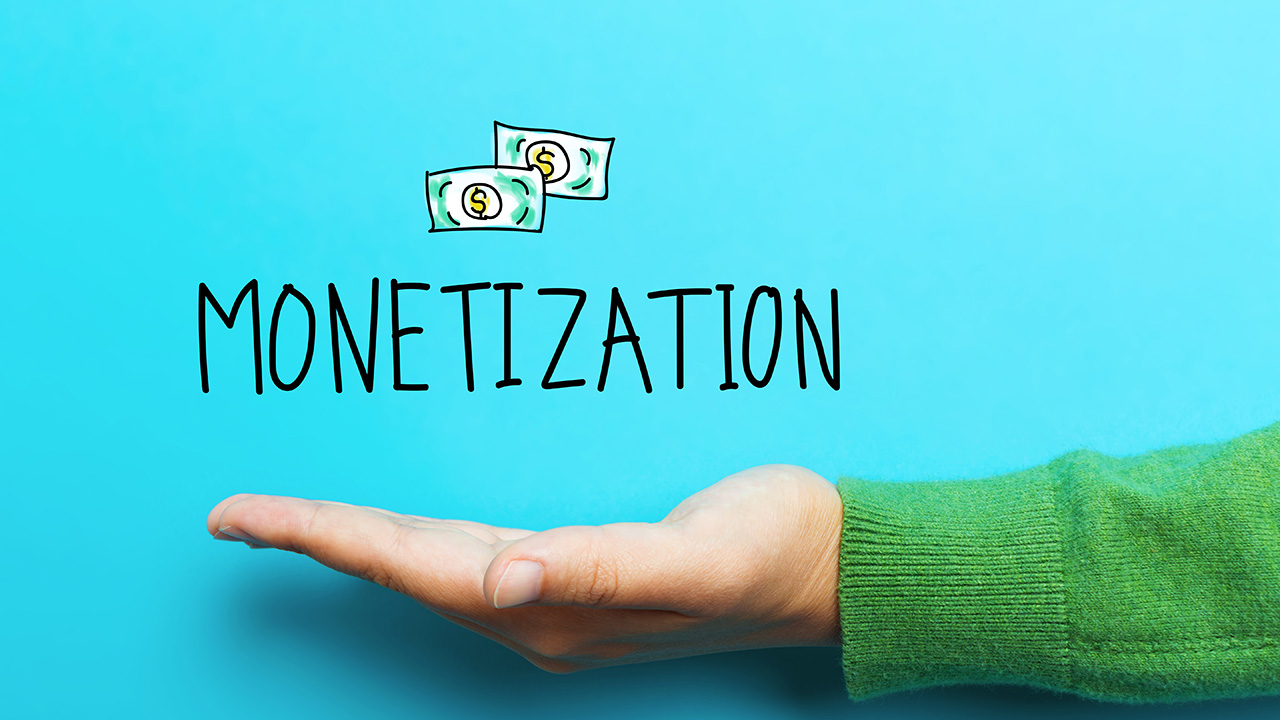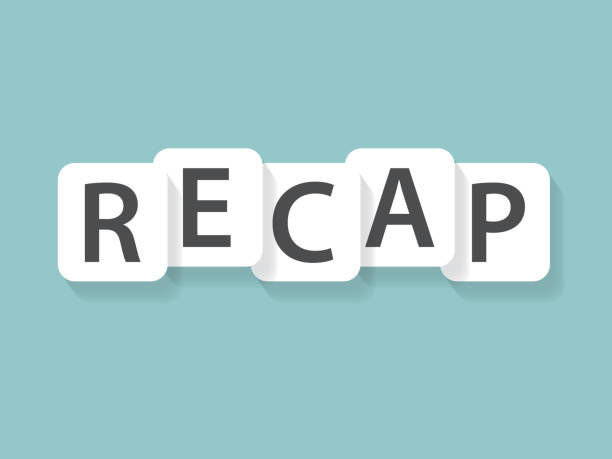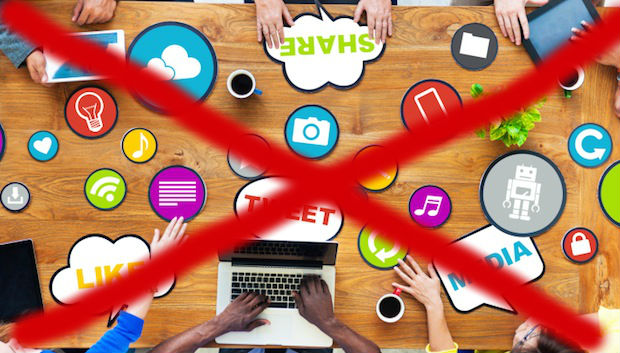
Are You Committing Content and Social Media Sabotage?
Recently, I had a music journalist and friend conduct an interview with one of our favorite artists. The day the interview went live, I was beaming with pride for my writer pal and couldn’t wait to share his article with the rest of the world. When I finished reading the interview, I enthusiastically searched the bottom of the article for a sign of those social sharing buttons, but I couldn’t find them? “Maybe they’re at the top!” I thought. So I quickly scrolled to the beginning of the article, and found nothing. Astonishment began to sink in.
Was this very well known website (which shall remain nameless) really making me work this hard to share its content? Sure, I could copy and paste the URL of the post into my various social accounts, but I’d also have to log into Twitter, Facebook and my email individually to do so – which is also more difficult and time consuming to do on a mobile phone. I wanted to share this content ASAP with one click, but I couldn’t. So guess what I did? Nothing. I didn’t share the article at all.
You may not realize it, but making it difficult for readers to share your content is committing content and social media sabotage. You’re obstructing eager readers who, might I add, are helping you with your social media marketing efforts for free, and getting your word out. It can also give the impression that you don’t care.
Am I making a big deal over a few missing or hard-to-find social sharing buttons? Who even notices them, right? Well, according to new research from ShareThis, “the sharing of content through social media and email consistently outperforms both consumer ratings and consumer reviews. And, surprisingly, online sharing carries essentially the same weight as in-person recommendations.”
Plus, according to the study, “positive online shares generate a 9.5% increase in purchase intent.”
New research from AddThis also shows that clicking the “share to Facebook” button is more popular (26%) than copying and pasting the URL (21%), when it comes to sharing content. For certain topics or industries, such as entertainment and sports, the tendency to “share to Facebook” is even more popular, reaching heights of 36 percent. When it comes to food-related content, clicking the “Pin it” icon sweeps the competition with a popularity of 46 percent.
If you don’t have social sharing buttons, if they’re hard to locate or they’re hidden, if you don’t have enough, too many, and/or they’re not located in just the right place, you, my friend, could be sabotaging your very own content and social media marketing efforts! Here’s how to recover:
1. Get the right social sharing buttons ASAP
If you don’t have social sharing buttons on your blog, website, or in your email, add them ASAP. If do have them, but they’re hard to find (ask someone who’s never seen your site before), make them visible STAT.
You can easily grab social sharing buttons directly from each social network, which you can embed on your site. There are also several third-party social sharing widgets and applications you can choose from such as AddThis, ShareThis, or WordPress plugins like Digg Digg. Most of these third-party applications are free, easy-to-implement, customizable, and even provide you analytics.
2. Find the right mix
So how many social sites should you include, and which ones? If it wasn’t obvious from above, Facebook should absolutely be your number one social sharing site to include in your sharing widget.
There’s a lot of conflicting data about how many you should offer, but according to a recent article by Rebecca Watson and research from the Content Marketing Institute, audiences are continuously shifting to various social channels. Only offering a limited number of social sharing options such as Facebook and Twitter, limits page views. “Our data — based on access to share and click-back data for hundreds of thousands of websites — indicate that websites giving users a minimum of five choices generate the largest volume of sharing,” Watson says. However, don’t let loose with that stat just yet.
Neil Patel at Quicksprout did a social sharing button study in which he added two more social network options in addition to his current three. What did he discover? He received a decrease in overall shares by 29 percent.
Bottom line: Test this out with your own content. Some social sharing button applications/widgets even include logic (like the one we use here at VR via AddThis), in which they only display the social networks that are commonly used amongst your individual reader – Pretty neat.
Bonus tip: Don’t go crazy! Including several social sharing buttons/options can slow down a blog or website big time. Page load time and speed should be a major priority for your website or blog. According to Kissmetrics, 40 percent of people abandon a website that takes more than 3 seconds to load. Choose just a handful of main social sites to display, and use an additional button that has the capability to roll up several social sites into one such as this example:
3. Get strategic with your placements
Anywhere you have content (blog posts, email, videos, pictures, case studies, press releases), you should also have social sharing buttons. But where exactly should they be located? It all depends on your visitors, the length of your content, the type of engagement you’re trying to achieve, or already have, etc. Here are the pros and cons of each placement:
Top
Pros: People see your social sharing buttons immediately, and they also know exactly what they’re sharing, as your buttons are most likely located near your headline, video or image. If you choose social sharing buttons with counters (the number of times your content has been shared on a particular social site), and you’ve got big numbers, readers will see the post is popular, may be more enticed to share it, and/or will also associate your post with even more authority/validity.
Cons: People have to scroll back up to the top to share your post and may get distracted in the process, especially if you have enticing related articles at the bottom.
Side
Pros: If you have lengthy blog posts, a hovering social plugin that follows readers along the side of the article will ensure a reader knows where your social sharing buttons are at all times. Chances are, not everyone will make it to the bottom of your post.
Cons: Depending on the screen size, a floating sidebar can sometimes cover up your content, which can result in an irritating user experience.
Bottom
Pros: Once people have made it to the bottom of your post, they can share it immediately.
Cons: People may not make it all the way to the bottom, and if they don’t get there, your opportunity may be lost.
Bottom line: Try a combination of no more than two placement, and again, test.
Bonus tip: Don’t place your social sharing buttons in the navigation bar of your site. No one will look for them or expect to find them there.
4. Write Relevant Content
The inclusion and strategic placement of your social sharing buttons doesn’t mean much if your content is blasé – the biggest sabotage of all. Take the time to write valuable, educational, inspiring, and/or relevant content first, and the shares will follow.
Have a favorite social sharing application? Share it with us!
Want more marketing tips and advice? Get the VR Buzz.
© 2014 – 2018, Contributing Author. All rights reserved.
